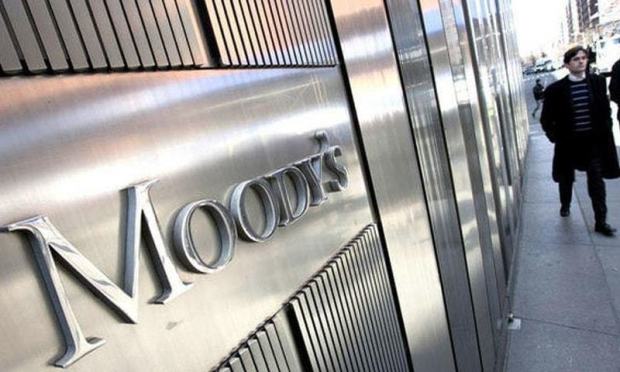COLOMBO – A wave of resignations of ministers and officials in Sri Lanka has raised policy uncertainty at time when the country is reeling from a currency crisis and shortages and has debt repayments, Moody’s rating agency said.
“Protracted political uncertainty is likely to hinder progress in obtaining external financing from key development partners or attracting foreign direct investment, or both, because of Sri Lanka’s reliance on capital inflows to repay its sizeable foreign-currency obligations,” it said, warning that the difficult political environment could also weigh on policymaking and the economy’s recovery from the pandemic, compounding challenges to fiscal consolidation and government efforts to shore up reserves to service its external debt obligations.
Sri Lanka’s cabinet resigned after protests broke out around the country. The Central Bank Governor and Treasury Secretary also resigned.
The full statement from Moody’s:
Resignations of key officials raise policy uncertainty,
compounding external liquidity and fiscal difficulties
On 3-4 April, all of Sri Lanka’s (Caa2 stable) cabinet, with the exception of President Gotabaya Rajapaksa and Prime Minister Mahinda Rajapaksa, tendered their resignations, along with the Governor of the Central Bank.
The resignations were partly a response to rising public dissatisfaction and social tensions over high inflation, shortages of essential items and lengthy power cuts, increasing political and policy uncertainty at a time when Sri Lanka is experiencing a severe external liquidity and fiscal crisis and a deteriorating macroeconomic environment.
The government declared a state of emergency and imposed a two-day countrywide curfew on 2-3 April after protesters demanding the president’s resignation stormed his home.
Protracted political uncertainty is likely to hinder progress in obtaining external financing from key development partners or attracting foreign direct investment, or both, because of Sri Lanka’s reliance on capital inflows to repay its sizeable foreign-currency obligations.
The difficult political environment could also weigh on policymaking and the economy’s recovery from the pandemic, compounding challenges to fiscal consolidation and government efforts to shore up reserves to service its external debt obligations.
Intensifying social unrest and sporadic curfews are likely to further strain the tourism industry, delaying the recovery in tourism receipts that were a crucial part of the government’s plans to bolster foreign-currency inflows before the pandemic.
An extended period of political uncertainty could also delay ongoing discussions to secure external financing from development partners, deter foreign direct investment and prolong negotiations with the IMF over potential policy or financing support.
Sri Lankan authorities recently signalled their willingness to engage the IMF for support because of the country’s dwindling foreign-exchange reserves buffer.
Sri Lanka’s foreign-exchange reserves were around $2 billion as of the end of February 2022, well below the government’s annual external debt repayments of $6 billion-$7 billion through to at least 2025 and covering less than two months of imports. Very low foreign-exchange reserves in turn have led to broad restrictions on imports (among other measures to preserve foreign-exchange resources) and shortages of several essential items such as fuel and milk powder.
Inflation rose to double digits in November 2021 and reached 17.5% year on year in February 2022.
Meanwhile, Russia’s military conflict with Ukraine (Caa2 rating under review for downgrade) is exacerbating Sri Lanka’s external difficulties, mainly via a higher energy and food import bill. Fuel imports accounted for 18% of total imports in 2021 and agricultural imports 8%. Higher inflation is likely to prompt further policy rate hikes, which will raise government borrowing costs and further weaken debt affordability.
The Central Bank of Sri Lanka raised its main policy rate by 100 basis points to 10.5% in early March 2022 and its policy rate is now 200 basis points above a low of 8.5% in 2020-21, although it remains below the 15% rate that preceded aggressive rate cuts following the coronavirus outbreak.


